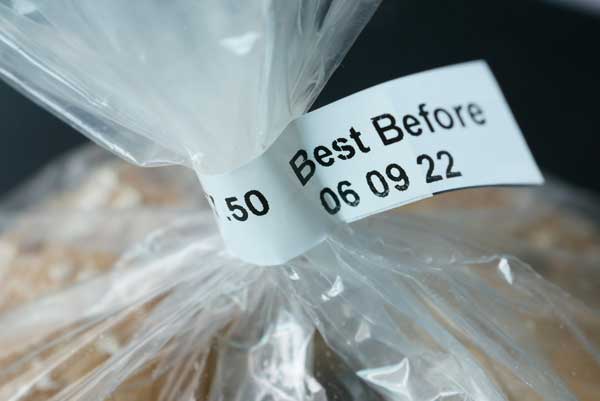How much of the food in your fridge will you toss before it reaches the table? Hamburger buns from last summer’s picnic? Milk past its sell-by date? Carrots that lost their crunch? Food waste is a significant issue worldwide, with the United States being one of the worst offenders. In fact, 37% of food waste in the US comes from individual households. Surprisingly, roughly 20% of this waste is due to consumers being unsure about how to interpret the dates on food labels. But what do these dates really mean? In this article, we will explore the truth behind food expiration dates, the factors affecting freshness and safety, and how you can make smarter choices to reduce food waste.

The Evolution of Food Expiration Dates
Before the 20th century, people had a direct connection to the food they consumed, allowing them to assess freshness using their senses. However, the rise of supermarkets and processed foods complicated matters. To address this, grocers in the US started using packaging codes to track the shelf life of products. Eventually, consumers demanded more information, leading to the adoption of open dating in the 1970s. This system involved labeling products with dates indicating optimum freshness, but it had no scientific basis and lacked standardized rules.
The Misconception about Expiration Dates
Contrary to popular belief, food expiration dates are not necessarily indicators of food safety. In reality, these dates are often determined arbitrarily by manufacturers and retailers. They are motivated to set earlier dates to ensure customers taste the food at its best and purchase more. Consequently, many foods remain safe to eat well beyond their labeled dates. Items like cookies, pasta, and shelf-stable groceries may lose their taste but do not pose a health risk. Canned foods can remain safe for years unless they show signs of bulging or rusting. Freezing food at low temperatures also helps preserve its safety.
Assessing Food Freshness and Safety
While food expiration dates can be misleading, there are reliable ways to assess freshness and safety. Refrigerated eggs, for example, are good for up to five weeks, and their spoilage is detectable through smell. Likewise, spoiled produce can be identified by off odors, slimy surfaces, or mold. However, caution is necessary with certain perishable items. The USDA recommends consuming or freezing meat within days of purchase. Ready-to-eat salads, deli meats, and unpasteurized cheeses can carry pathogenic bacteria beyond their printed dates, making them riskier. Infant formula dates are regulated for safety.
The Need for Standardized Labeling
In a 2019 survey, over 70% of Americans reported using date labels to determine food edibility, and nearly 60% admitted they would discard food past those dates. To combat this waste, experts propose standardizing date labeling with phrases like “Best if used by” to indicate freshness and “Use by” to indicate safety. Although not a perfect solution, setting these standards at a federal level could potentially prevent approximately 398,000 tons of food waste annually. Additionally, removing date labels on produce, as some UK supermarkets have done, encourages consumers to rely on their own judgment.
Policies and Personal Responsibility
Beyond standardized labeling, there is a need for policies incentivizing grocers and restaurants to donate unsold food. Currently, confusion surrounding expiration dates has led to restrictions on donating food past its labeled date in at least 20 US states, despite federal protection for such donations. Countries like France have taken more progressive measures, requiring supermarkets to donate unsold food. However, regardless of governmental actions, the most effective way to prevent food waste is for individuals to consume what they buy. Trusting our senses of sight, smell, and taste can help us make informed decisions about food consumption.
Conclusion
Understanding food expiration dates is crucial in the fight against food waste. These dates often do not indicate safety but rather suggest optimal freshness. By relying on our senses and using standardized labeling as a guide, we can reduce unnecessary food waste. Furthermore, advocating for policies that promote donation of unsold food and taking personal responsibility for our consumption habits will contribute to a more sustainable approach. Let’s remember that our eyes, nose, and tongue are powerful tools in determining if food is fit for consumption or better suited for composting. Together, we can make smarter choices and minimize food waste for a better future.
